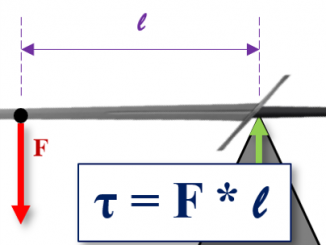
An Alternative Method for MoI Determination
I’ve harped about Moment of Inertia in multiple articles. Now I try a new experimental method for figuring it out.

I’ve harped about Moment of Inertia in multiple articles. Now I try a new experimental method for figuring it out.
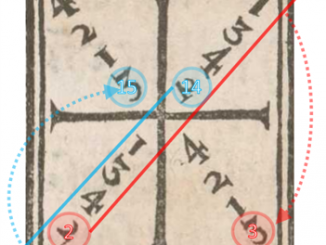
I don’t like remembering arbitrary sequences. And on the surface the 16-cut pattern that forms the Meyer’s Square is the exact type of arbitrary sequence that I hate. But is it really?

There have been a number of very good physics descriptions of sword motion. However they neglect the most important part: a sword isn’t free floating in space!
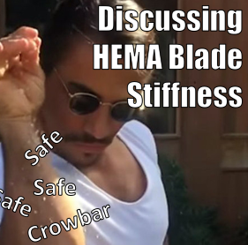
We frequently talk about how to make swords “safe”. Unfortunately unless you can come up with a definition which satisfies a few specific criteria, the word “safe” doesn’t have a lot of meaning.
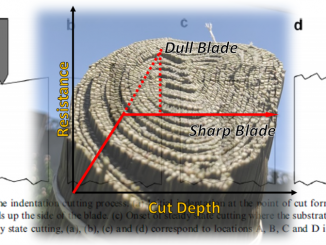
From a blade resistance point of view, cutting actually has two distinct phases: the internal and external.

Two of the most popular ways to quantify blade stiffness are the SCA Flex Test and the Buckling Test. Unfortunately they both have issues, but we’re suffering for lack of better solutions.
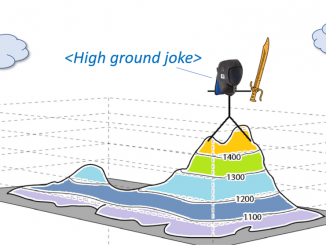
“In your opinion, which country has the highest level of practitioners?” Let’s see if I can answer this in the most unhelpful way possible.
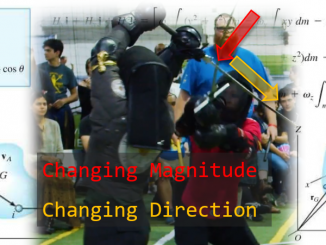
Vectors are used to describe just about everything in life. And all it takes to win a sword fight is to transform all your opponent’s vectors into ones that can’t hurt you. Piece of cake!
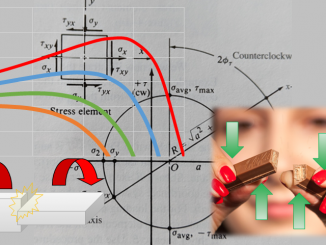
We are used to thinking about the forces that swords apply on their targets, but we don’t spend as much time thinking about the forces that the targets apply to the swords. Between axial, shear, bending, and torsion there is a lot more going on than you might have thought!
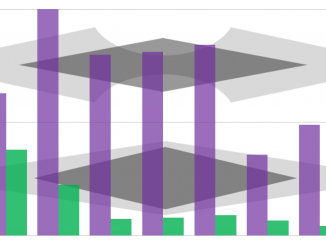
In my previous article, “Do Fullers Make Feders Take a Set?”, I promised you that I would take some data on production swords and back up the theory with data. I still haven’t done it, but I do have some measurements of the sharps around my apartment.
Copyright © 2025 | WordPress Theme by MH Themes